ANL researchers report photo-excitation can speed up Li-ion charging by factor of two
Green Car Congress
NOVEMBER 4, 2019
Researchers at the US Department of Energy’s (DOE) Argonne National Laboratory have reported that a new photo-excitation mechanism can speed up the charging of lithium-ion batteries by a factor of two or more. A serious limitation [of lithium-ion batteries], however, is the slow charging rate used to obtain the full capacity.














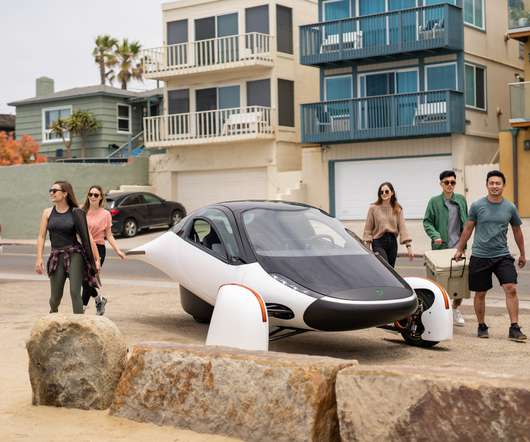




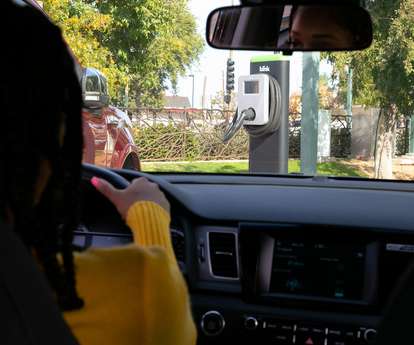



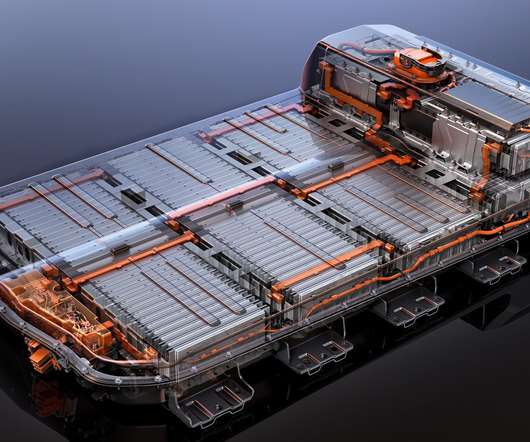




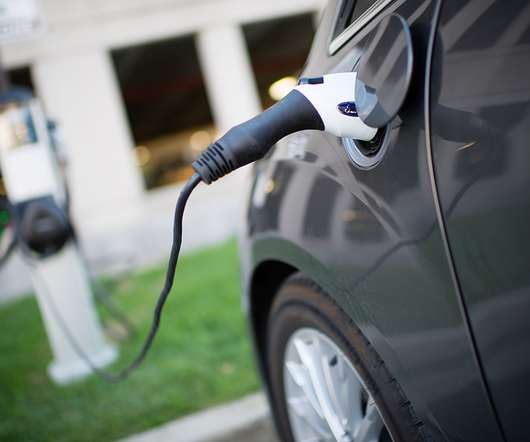
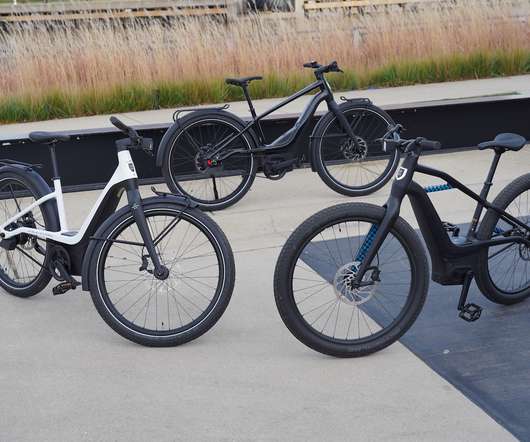
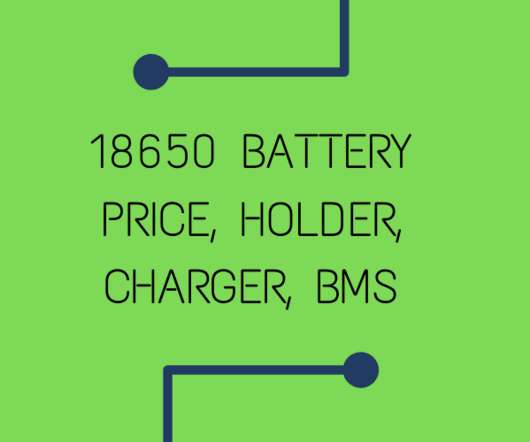
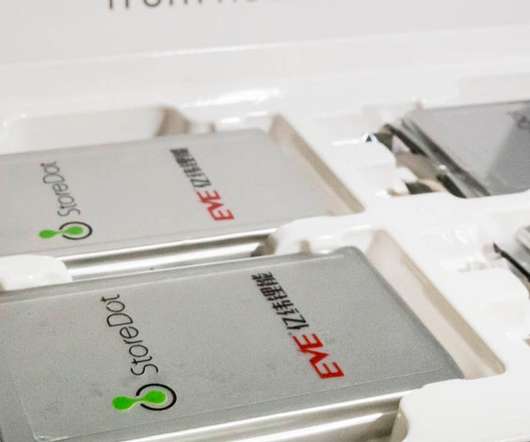
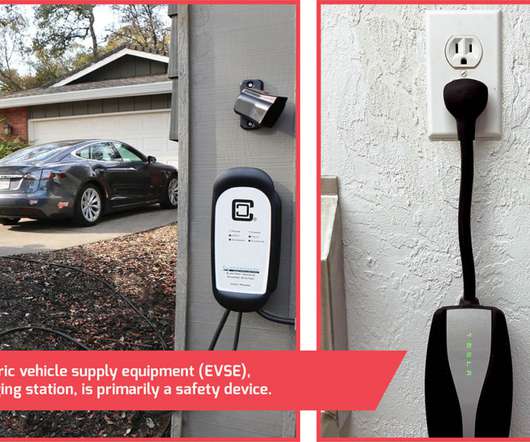
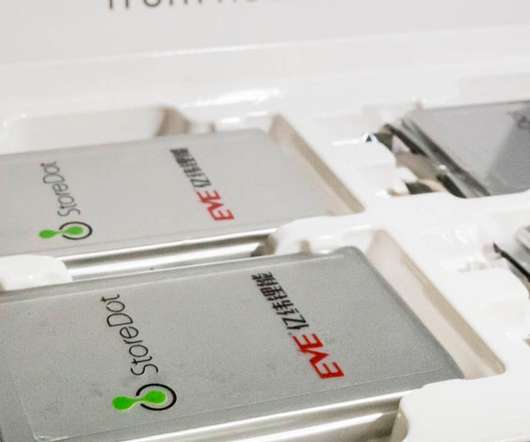











Let's personalize your content